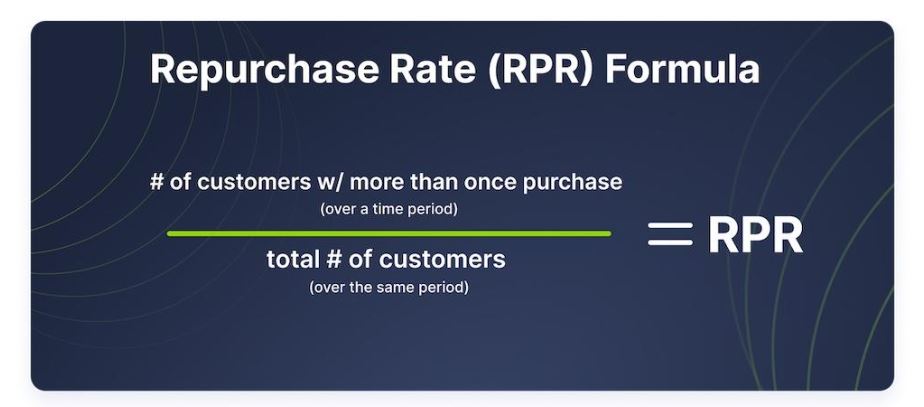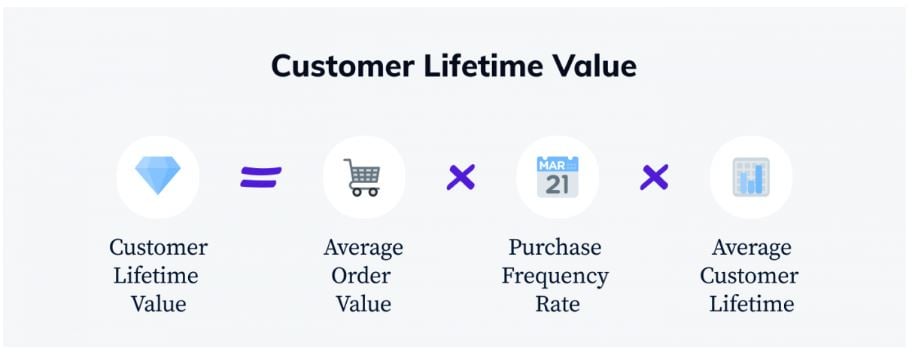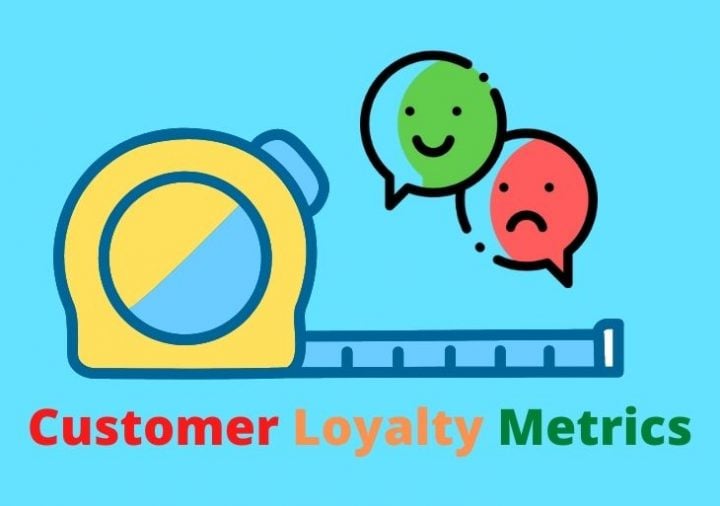Did you know that it costs 5 times as much to acquire a new customer than to keep an existing one? How about the fact that you are, at least, 3 times more likely to sell to an existing customer than a new one? And also, that increasing customer retention by 5% would lead to a 25-95% increase in profits?
Indeed, to a company, loyal customers are remarkably important. These are the people who will actively engage with you, continuously buy from you, and advocate for your brand.
Having them would boost your brand awareness, increase your pool of leads, and ultimately drive up sales.
Why Keep Track of Customer Loyalty?
Admittedly, knowing how loyal an individual customer is to you is not particularly helpful. Loyalty marketing relies on knowing the loyalty of your consumer base as a whole.
However, segmentation of your customer base can complement these metrics to see what kinds of customers love your products and would come back to buy them.
You’d get a general idea of the demographics of people who are interested in what you’re selling. With that, you can repurpose your marketing campaigns to target consumers who are more likely to convert.
This would save on your company’s resources and maximise your profits as you won’t waste your time and effort on people who are not interested in your products.
How do you keep track of how much your customers love your brand, then? After all, love is an abstract concept.
Thankfully, there are actually several metrics that exist to help you measure something as incorporeal as love.
1) Net Promoter Score (NPS)
First and foremost, we have the Net Promoter Score, or the NPS. This is a metric that is widely used, and something you probably have heard of before.
In short, the NPS informs you how willing a customer is to recommend your brand to someone else. It is a simple but effective metric of your customers’ love.

This image depicts a scale often used in NPS determination. The higher your customer ranks, the more likely they are to recommend your brand. There are three ranks on the scale:
- Promoter: Someone who ranks 9-10 on the scale are active advocates for your brand. They absolutely love it, and would refer you to other people. They are likely to be your most loyal customers.
- Passive: Customers who rank 7-8 on the scale don’t hate your brand, but they don’t love it to the point where they’d recommend it to others either.
- Detractor: Customers who score from 0 to 6 on the scale are unhappy customers, and they would actively discourage people from buying from you. This would naturally negatively impact your brand’s growth.
Your final NPS score is calculated by subtracting the number of detractors from your number of promoters. The final number tells you whether you have many loyal customers (from 0 to 30), or whether they are overshadowed by detractors (if you’re in the negative range).
It pays to keep your score high. Temkin’s research states that promoters are 4.2 times more likely to be repeat customers, and are 5.6 times more likely to come back to you even after a bad experience. They are also 7.2 times more likely to buy a new offering from your company.
On the other hand, if you have a low score, you might want to re-evaluate your brand’s approach to customer service and experience. Clearly, something’s not working, and your customers demand you fix it.
Loyalty marketing strategies demand you fix it.
2) Repurchase Ratio
Another way to tell whether or not your customers are loyal to you is through their repurchase ratio.
Repurchase ratio refers to the number of customers who have made repeat purchases over a certain time period.
When customers come back to your store to purchase from you again, it’s a good sign of their loyalty.
That means that when they want to buy a product that you offer, they are coming to you first, before, if ever, going to your competitors. Moreover, returning customers are 74% more likely to convert to a loyal customer than a new one.

To calculate the repurchasing ratio, simply divide the number of your customers who have made more than one purchase by the total number of customers you have. The higher your repurchase ratio, the more loyal your customer base is.
3) Upselling Ratio
Your upselling ratio measures how likely your customer is to buy more than one item when shopping with you.
With a high upselling ratio, it means that a lot of your customer base likes your brand enough to want to purchase even more of your products. The higher your upselling ratio, the more loyal your customer base is.
To calculate your upselling ratio, divide the number of customers who recently bought more than one product by the total number of customers.
4) Customer Lifetime Value
This is another metric that you are likely to have heard of before—your customer lifetime value (CLV) refers to the total revenue you could generate from that one customer during the entire time they do business with your brand.
It is arguably one of the more important metrics when it comes to loyalty marketing.

The simple way of calculating the CLV of your customer is to multiply their average amount they spend with their average frequency of purchase, and your average customer lifetime.
CLV is important in determining your customer loyalty, because it takes into account the amount of money they spend at your brand, as well as their frequency of purchase.
Compounding these numbers gives you a good indication of how much revenue you would earn from that customer alone.
Using CLV, you can identify customer segments that you should prioritise—ideally, the segment with the highest average CLV.
Moreover, it’s easier to see how much one customer needs to spend to get your due ROI on your new customer acquisition strategies.
5) Customer Loyalty Index
The customer loyalty index is a standardised tool used to track your customer’s loyalty. It’s essentially a summary of aforementioned metrics—NPS, upselling rate, and repurchase rate.
Based on these factors, a customer is given a score, which tells you relatively how loyal they are to your company.
This presents a holistic and comprehensive result than what a single metric would give you, and so it is important to conduct regular surveys on your customers. However, it is important to note that you should not do it so often that your customers get annoyed.
6) Customer Engagement Score
The last of the metrics is your customer engagement score (CES). This measures how engaged your customers are with your brand, which is dependent on several factors. These factors include how much they use your app, how often they visit your digital or physical store, and others.
Just like your customer loyalty index, CES assigns a score to a customer based on how well they rank for the aforementioned factors.
It helps to quantify the number of disinterested customers, giving you ample time to re-engage them before they leave your brand completely.
Similarly, the higher your CES, the better your services are at providing your customers with fulfilling and emotional experiences.
According to HubSpot, 93% of customers are more likely to make repeat purchases at a company that provides amazing customer service.
It’s best to keep your score high so you can turn those customers loyal and increase your revenue stream.
Conclusion
Having a single customer metric is useless when you’re trying to segment the market and figure out how to better your campaign. You have to rely on several to truly get an understanding of your customer base and how to put your best marketing foot forward.
But what next? With all your data laid out in front of you, knowing your customer loyalty stats won’t mean anything if you’re not going to use them.
That’s where we come in! With Vouchermatic’s gamification and voucher management system, we can help you implement a loyalty program or improve on your current one. Adding a dash of excitement and thrill with minigames and incentives to your marketing campaign would certainly bump up customer engagement.
Remember, with a high CES score, you could more easily turn those customers into ones who make repeat purchases.
Interested? Contact us here to discuss your loyalty program today!

